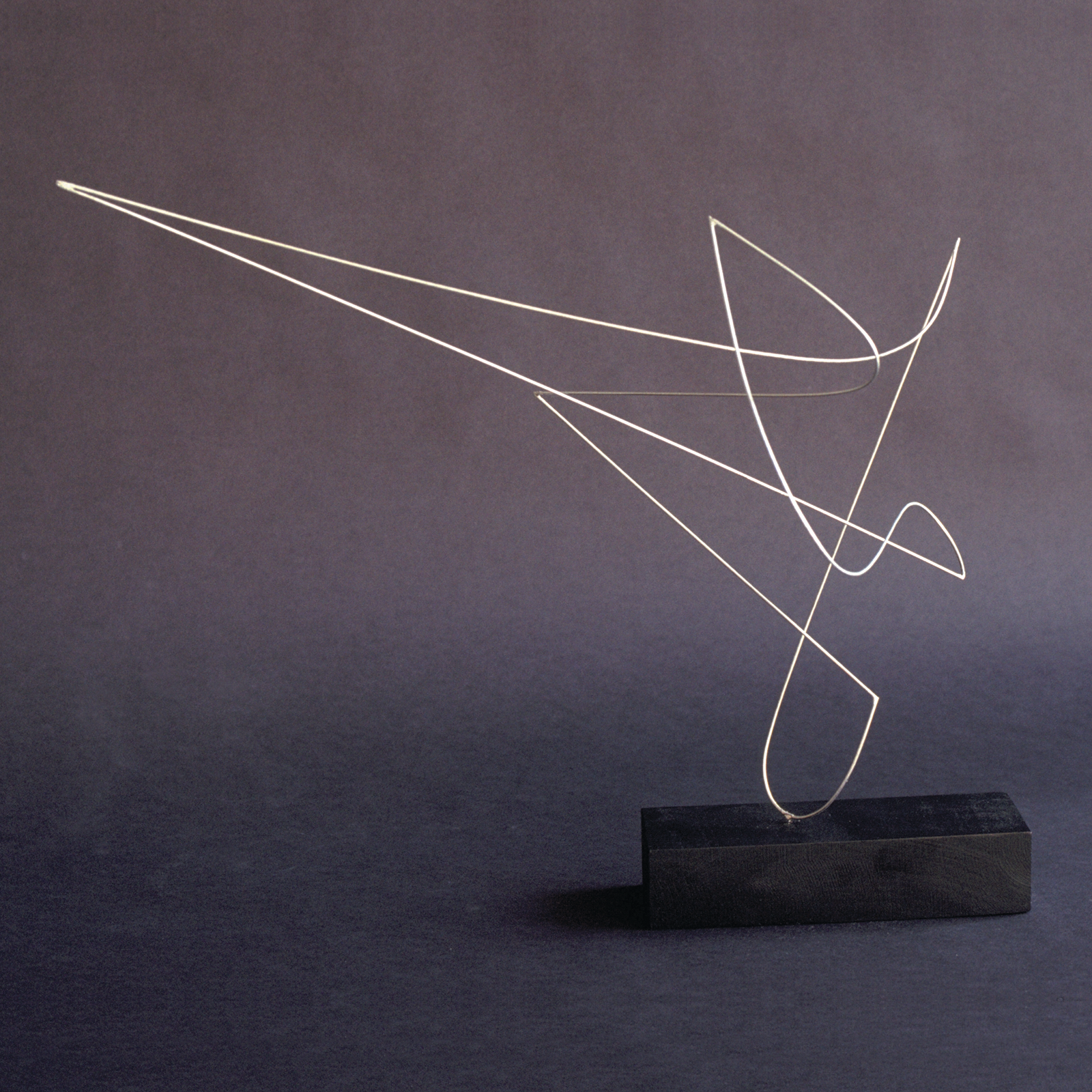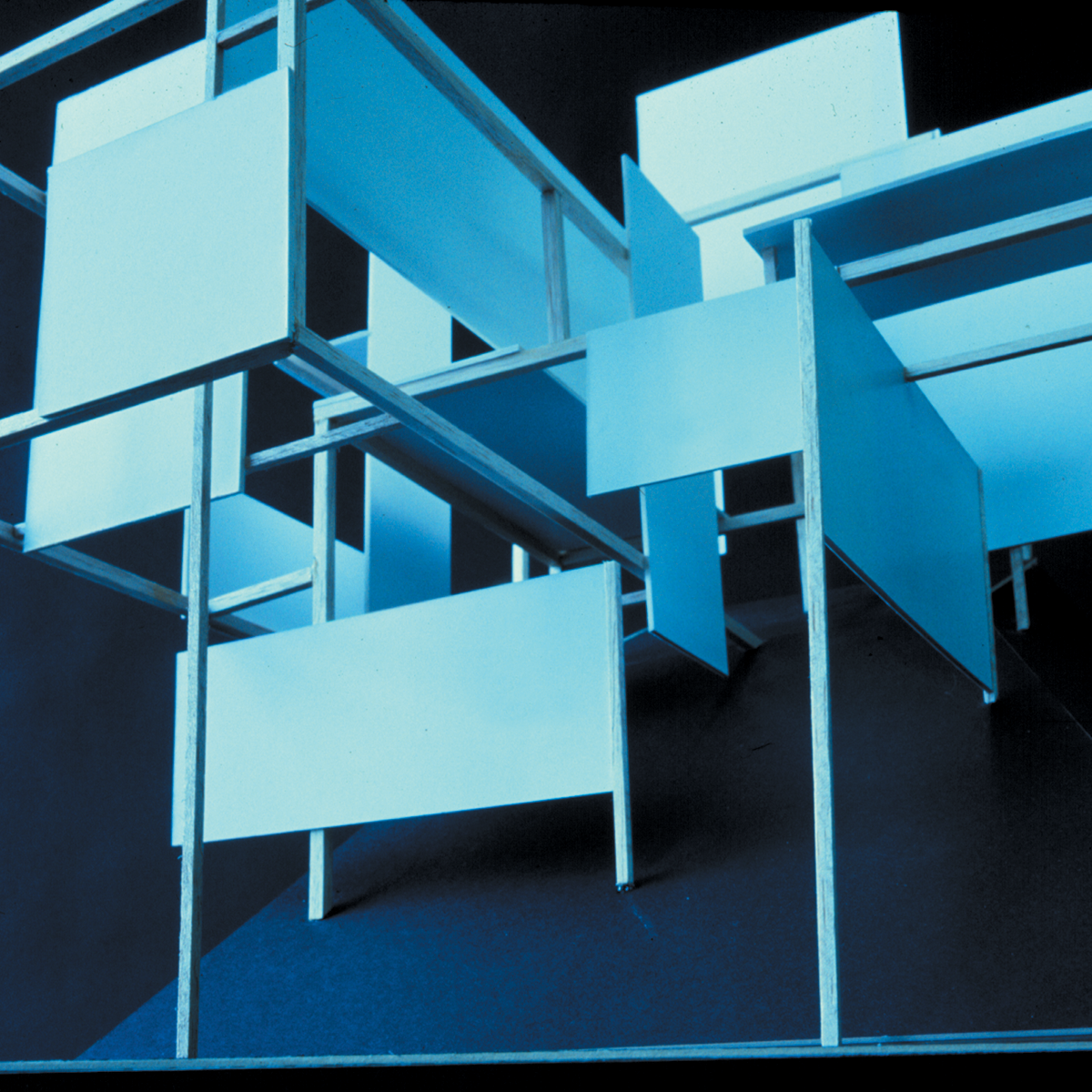“These are examples of more advanced work in which students continue to explore abstract forms but also begin to apply some practical criteria to their work.”

These forms are not meant to be actual products or spaces; rather, they demonstrate the stage between purely formal exercises and real products designed for production. In these examples, students apply functional, ergonomic, and material requirements and form-making skills—without having these requirements dominate the creative process.
“She taught me to question everything. She taught me the difference between a bland, boring design and something that has significant and exciting aesthetic value.” — Frank Grunwald
Some of these solutions directly reflect earlier abstract exercises. For example, the first telephone shown here employs rather direct combinations of line (the handset), plane (the tapering neck of the cradle arm), and volume (the base), with the volume of the base derived from the exploration of convexity and concavity. Its form harkens back to early freestanding models in which the handset hangs (from which we derive the reference to “hanging up” the phone).
Some of the work employs form to suggest function or effect. For example, the curved planes, which form the body of the drill, and the gesture created by the concavity on its side suggest what this tool does. One can almost see wood or metal curling as the drill does its work.
The radio is a complex consideration of the elements of line, plane, and volume in which the plane’s thrust creates a strong sense of motion and a relationship between the form of the object and the sound it is designed to project.
The electric drill is a bold construction in which the mass and gesture of the volumes suggest power.
One project included here rethinks function-as-usual. The designer of the movie projector thought about the tool in the hands of the projectionist: orienting the projector horizontally allows the person running the machine to see the screen even when changing reels. In some of these solutions, the form is derived from the possibilities of materials and production processes.
The flowing movement of the surfaces on the car (a project from the early 1960s), the continuous form of the back as it drops down into the interior, and the concavity behind the wheel, which offers a variation on the usual cutout solution, suggest formed-and-molded, rather than cut-and-welded production.
The group of phones included here illustrates the variety of formal approaches (concave and convex volumes, rectilinear and planar volumes) and functional solutions (dials and push buttons) that can be brought to bear on the same problem.
The turntable with cassette recorder takes designing for new technology into account. Cassettes were a recent innovation at the time of this project. The design for a gas station creates functional space within a space.
The chairs employ a variety of materials to achieve radically different results: planes in tension, pinching in and expanding out to create a volumetric form; curved planes creating negative volume in a design that is all about gesture and proportion; and metal tubing that outlines an elegant linear path.
















